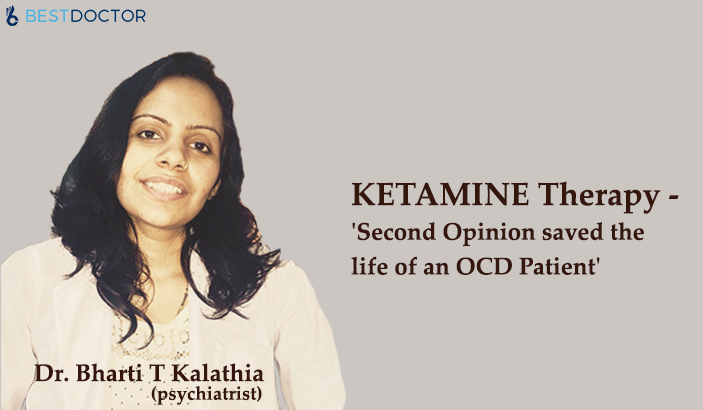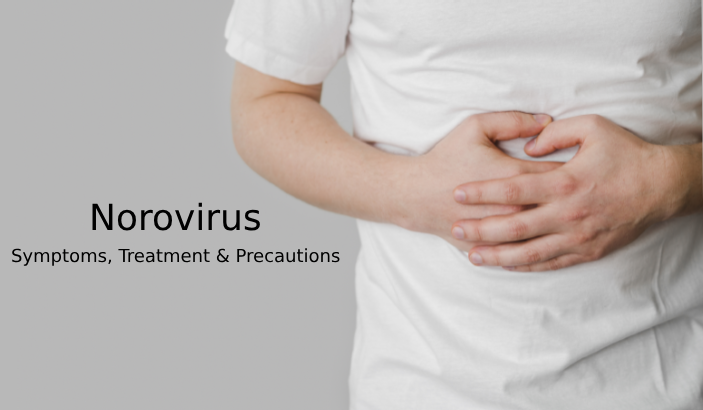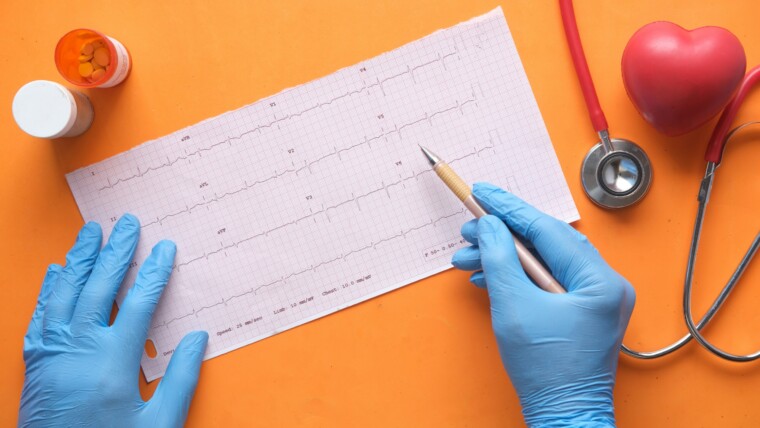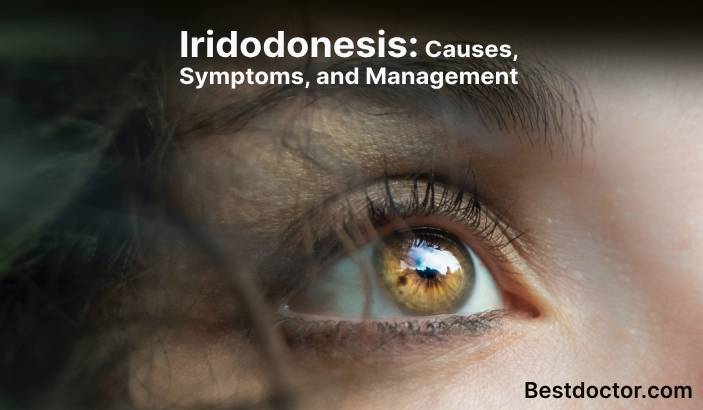This is a case of 32 yrs. old patient Mrs.Geeta (not her real name) who has been suffering from OCD – washing type since 5 years. She had been on numerous medicines and regular cognitive behavior therapy (CBT) for years. She was taking those medicines regularly as mentioned by her doctor since 3 years hoping to get improvement. She used to mop the floor 10 times in a day, wash her hands up to 80 – 100 times in a day, clean mirrors and windows daily 3 to 4 times per day. She did not like any guests coming to her house because they would bring dirt with them and then she would repeat process of cleaning when they leave. She described her illness to be so severe that she would end up washing “chapatis” that she had made for food. She knew that these thoughts of dirt are baseless but she was compelled to do cleaning even if she did not want to do. She had good emotional support from her husband and daughter aged 10 years who would never criticize her. Seeing their daily life being affected due to her obsessions and compulsions, she decided many times to end her life but never attempted till 6 months back when she tried to kill herself by consuming rat poison. She was saved in time by her husband who took her to hospital immediately. During that period, she was taking total of 8 medicines including Fluoxetine 60 mg, Clomipramine 100 mg, Risperidone 6 mg, Lithium 600 mg, Clonazepam 0.25 mg thrice a day, Memantine 10mg, multivitamins and syrup paraffin.
I stopped all her medicines except Fluoxetine 60 mg and clonazepam 0.25 twice a day after discussing her case in bestdoctor.com forum. She was started on ketamine therapy IV 0.5 mg/kg in 100 ml saline over 1.5 hours every alternate day. She started reporting improvement of level that she had never achieved in last 3 years . This was continued for 12 days after which therapy was given twice weekly for 2 weeks. This was further reduced to once a week for next 4 weeks and then once fortnightly for another 2 months. At present, she is being given this therapy once in 45 days with medicine Fluoxetine 40 mg only. Her Y-BOCS score has reduced from 34 in the 1st consultation to 4 in last consultation. She has said in her words in the last consultation: “second opinion gave me new life”. Post this patient I tried this therapy in many patients with other psychiatric illnesses like treatment resistant depression, neuropathic pain, fibromyalgia, suicidal behavior with good response.
Ketamine is an FDA-approved anesthetic used in human medicine. It is a high-affinity, noncompetitive NMDA-glutamate receptor antagonist that may also stimulate other receptors. It is classified as a Schedule III non-narcotic controlled substance and, at higher doses, is sometimes abused as a street drug called “Special K.”
Ketamine Has Been Used Safely for Anesthetic Purposes and is Now Being Applied for Treatment of Refractory Neuropsychiatric Conditions:
- Major Depression (including Postpartum Depression)
- Bipolar Depression
- Severe Anxiety
- Post-traumatic Stress Disorder (PTSD)
- Obsessive Compulsive Disorder (OCD)
- Fibromyalgia and Pain Syndromes(neuropathic pain)
Possible Side Effects Of Ketamine:
Loss of appetite; nausea; vomiting.
Medical attention should be sought if any of these severe side effects occur:
Severe allergic reactions (rash; hives; itching; difficulty breathing; tightness in the chest; swelling of the mouth, face, lips, or tongue)
behavior changes
confusion
difficult, frequent, or painful urination
double vision
fainting
fast, slow, or irregular heartbeat
hallucinations
involuntary muscle movements
mental or mood changes (eg, anxiety)
pain, redness, or swelling at the injection site
Ketamine can quickly alleviate symptoms of obsessive-compulsive disorder (OCD) in patients with constant intrusive thoughts, and the drug’s effects can last for one to two weeks in certain patients. The rapid symptom relief seen from ketamine is substantially different from symptom relief in current first-line treatments for OCD. With current treatments, patients wait up to six to 10 weeks to see clinically meaningful improvement and may only experience a 40% to 60% reduction in symptoms.
Ketamine can produce a short “high,” lasting 1 or 2 hours. However, the improvements of mood were greatest at 24 hours and lasted in some subjects for as long as seven days, making it clear that they were not just a result of this high.
A ketamine infusion has been mentioned by many people as ‘interesting’ or ‘different’. Patients are advised to stay awake during the procedure and concentrate on the sensations. Some will listen to music during the process while others will simply lay back and relax. The first 15 minutes may or may not be eventful. The next 20 minutes will produce a light headedness or a floating experience. Vision will be blurry as the dose takes effect. The feelings tend to build up as the dosage kicks in with some feeling a heightened sense of their surroundings. Some will experience a bout of talkativeness, feel odd and enjoy heightened senses. Rare cases will get headaches and nausea during the peak period. The dosage will then subside in the last 15 minutes of treatment. The whole experience takes about 50 to 60 minutes. The effect of the dosage will be felt within minutes of completing the treatment, with total benefits within a few hours after the treatment.
The effects of the treatments will last for days to months depending on the number of infusions done. Typically, a series of 6 infusions over 2 weeks is recommended to help patients suffering from severe depression and other mood disorders. We also recommend that patients continue to work with their mental health providers and engage in cognitive behavioral therapy to reap the maximal benefits from the ketamine infusion therapy.
Dr. Bharti Kalathia (MBBS, DPM, FAGE, MIPS) is a Psychiatrist practising in Indore, India.








Why Indian Doctors Are Chosen By The UK NHS?
Norovirus – Symptoms, Treatment & Precautions
Understanding Normal Resting Heart Rate in Men and Women
5 Things to Learn about a Dentist before Choosing Them